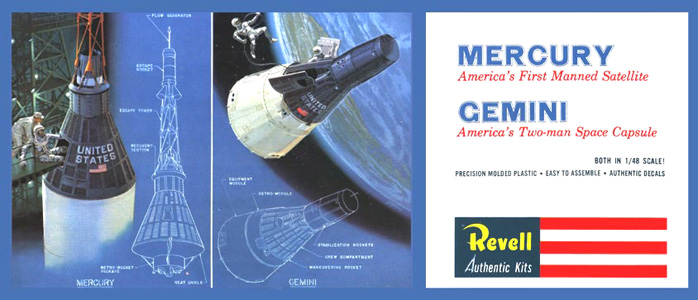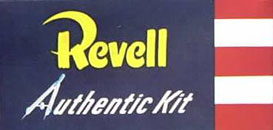Mercury Spacecraft (1961)
About the Design
The Mercury "capsule" was America's first manned spacecraft. Designed to carry a single human beyond Earth's atmosphere, the tiny bell-shaped spaceship was -- compared to today's Space Shuttle -- a primitive vehicle that provided the astronaut with only limited control over his machine. The Mercury's three principal components were the capsule itself, the escape tower designed to separate the craft from its booster in case of a launch-pad or ascent-stage emergency, and the retropack designed to slow the craft for descent, then separate from the main vehicle just prior to re-entry.
The first two Mercury missions, launched on May 6, 1961 (Alan Shepherd) and July 21, 1961 (Virgil "Gus" Grissom), were brief suborbital flights using a modified U.S. Army Redstone rocket as the booster. The first orbital mission, piloted by Col. John Glenn, launched on February 20, 1962, aboard a modified Atlas ICBM. The final Mercury flight, piloted by Gordon Cooper, launched on May 5, 1963, and lasted 34 hours, 3 minutes. |
About the Kit
This 1:48 scale model was released by Revell in 1964 as part of a two-model set that also featured a 1/48 scale Gemini spacecraft. Released after the Mercury program had been completed and just prior to the launch of the first Gemini mission, this kit was the only injection-molded model of the historic Mercury capsule produced until Atomic City released its larger 1/12-scale kit in 2004. This model and its Gemini counterpart enjoyed several subsequent re-releases under both the Revell and Monogram labels. These were:
|


